A winter visit to True Lapland promises to be as haunting as it is breathtaking.
There will be moments where the icy Arctic wilderness not only inspires wonder but also whispers to you about ancient spirits.
When you explore this far-flung land at the edge of the world, where the days are short and the nights stretch out so long, it’s only natural for stories about things unseen to captivate your imagination.
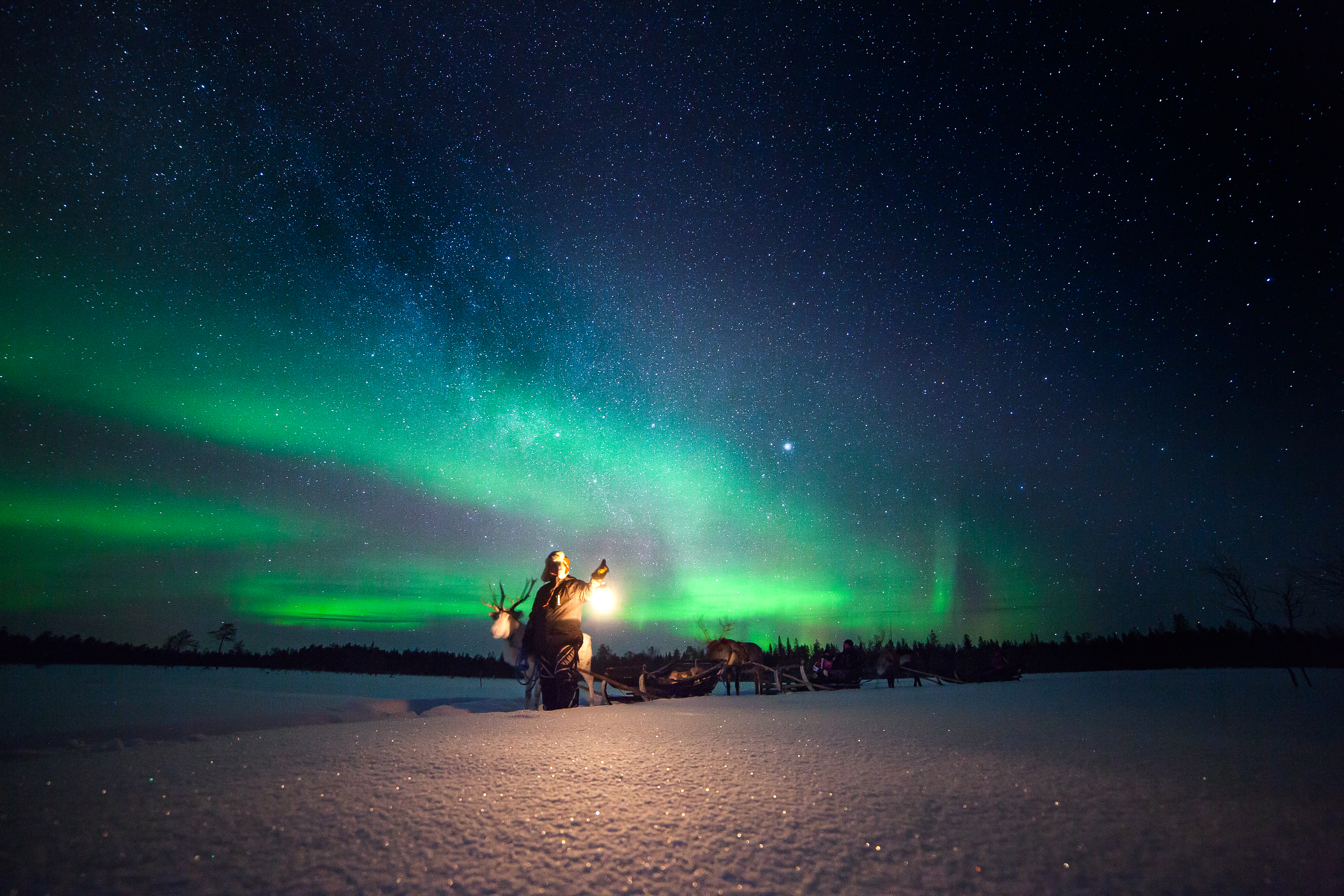_w=1240_h=500_pjpg.jpg?v=202509161525)
The history of the Sami, Lapland’s indigenous people, is woven with myth and legend. Estimated at over 80,000, the semi-nomadic population is spread across the northern parts of Finland, Sweden, Norway and Russia’s Kola Peninsula.
Marked by resilience and adaptation, Sami traditions are deeply connected to the land, water and wildlife. Imbued with a magical realism, they’ve passed on their rich culture from generation to generation through art and craftsmanship; reindeer herding, hunting and fishing; song and storytelling. Today, the Sami worldview remains ripe with spirits, both comforting and fearsome.
From gods, goddesses and shape-shifters to giants and ghost reindeer that wander the never-ending tundra, here are some of our favourite Sami spirits, sacred animals and sites.
Stallu
Known for hunting and eating humans, this scary ogre-like creature was doomed to roam the Arctic darkness because of his greed and cruelty. He carries a massive club and sometimes travels with an eerie entourage of mice. Although Stallu possesses brute strength, he’s not an intelligent giant and often gets outwitted or ends up making a fool of himself. For example, Stallu was said to have stolen fine clothes that he envied from humans… only to wear them backwards. Representing the folly of arrogance, stories of Stallu teach lessons about respect and humility. Sami parents may also warn their children not to wander or misbehave, as Stallu could grab them.
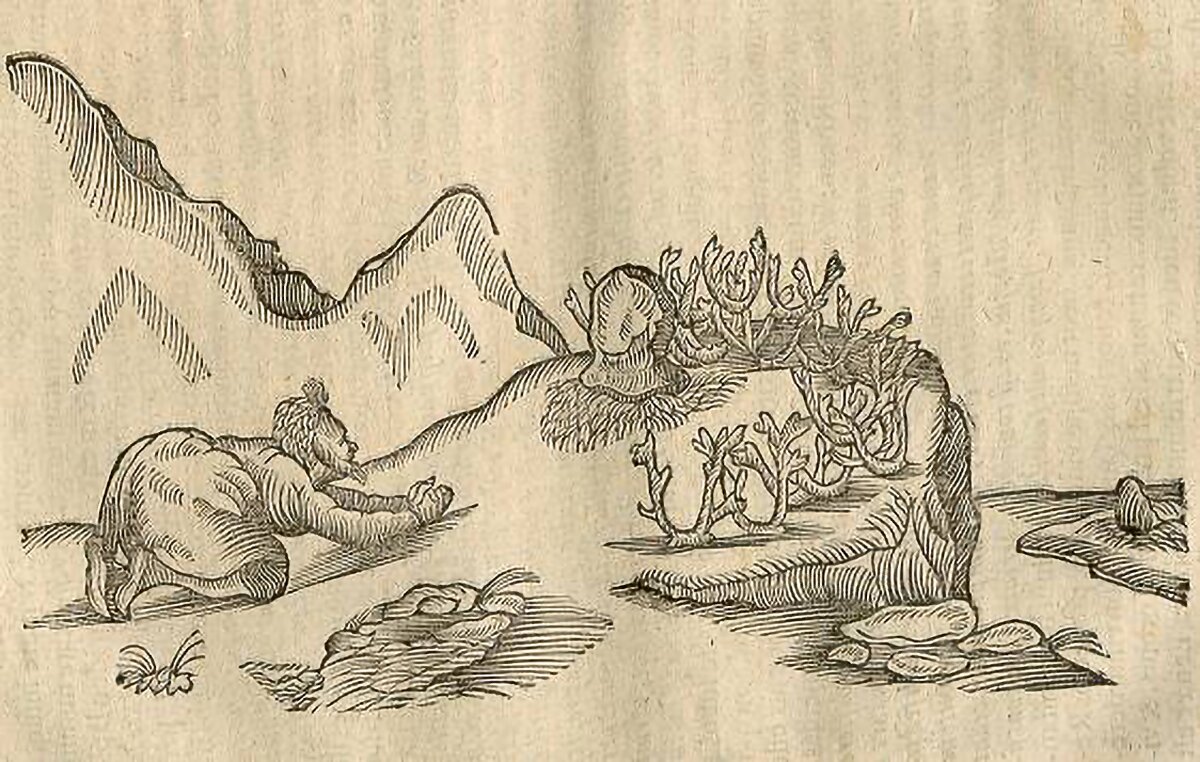_w=1240_h=500_pjpg.jpg?v=202509161525) Sami worshipping spirits in stone (Johannes Schefferus, courtesy of University Library of Tromso)
Sami worshipping spirits in stone (Johannes Schefferus, courtesy of University Library of Tromso)
Sieidi
This is a sacred rock or tree. Once used for offerings, it stands out from the surrounding nature and serves as the dwelling for a spirit. The Sami might take reindeer, fish or other gifts of gratitude to share with it. This gesture is made to maintain harmony between the living and dead – which the Sami believe to be fluid. If you neglect or disrespect a sieidi, perhaps by moving or defacing it in any way, then the spirit will haunt your dreams and bring you misfortune. In some stories, people are tormented while awake and asleep until proper respect for a sieidi has been shown.
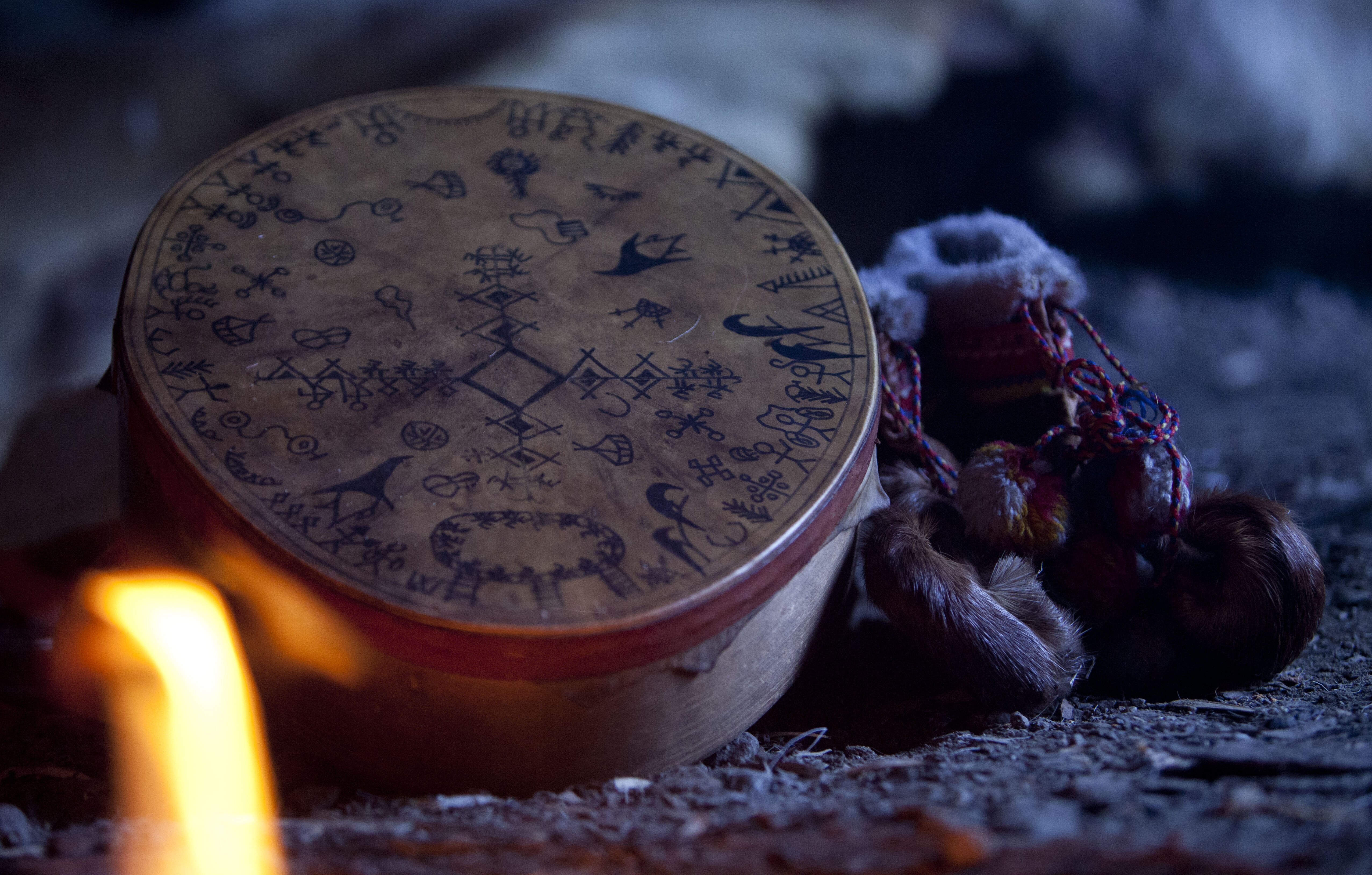_w=1240_h=500_pjpg.jpg?v=202509161525)
Noaidi
This isn’t a spirit but usually a leader in the Sami community who interacts with them. Having special powers, a noaidi is known for healing. Drums are an important tool and often used to bring on a trance-like state. Legend has it that a noaidi can transform into an animal, like a bear or bird. It’s one of the ways they move between worlds. Old tales also say that on winter’s longest night, a noaidi journeys into the spirit world to bring back the stolen light.
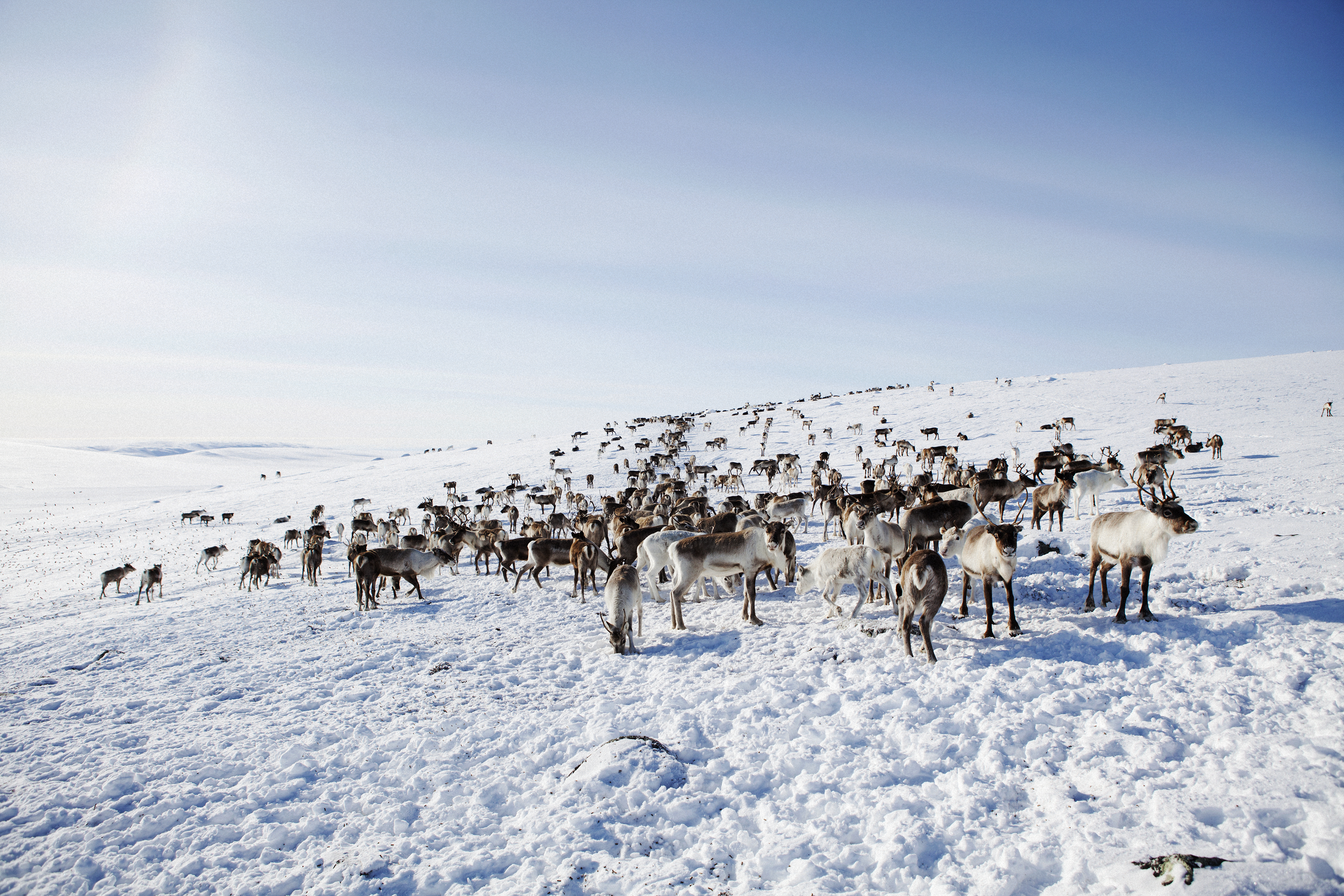_w=1240_h=500_pjpg.jpg?v=202509161525)
Reindeer
Among the Sami’s creation myths is one in which the world sprang from the body of a great celestial reindeer. After being hunted and sacrificed, mountains emerged from its bones, the seas and rivers from its blood, the land from its skin, and trees from its antlers – with its eyes becoming the sun and moon.
Reindeer were also thought to be able to cross between the human and spirit worlds. In folklore, a white reindeer is considered the most magical and believed to bring good luck and riches. There were also stories told of phantom reindeer that appeared on the longest nights in the Arctic tundra. Omens of misfortune, they were said to belong to dead herders.
The Sami have nearly a thousand different words for reindeer including goddi (wild reindeer) and boazu (tamed reindeer used for milking). Reindeer are the source of everything the Sami need to survive in the Arctic: antlers and bones for knives and other tools; hides for clothing, shoes and tents; meat for sustenance. The Sami honour reindeer through rituals or quiet acts of gratitude both in life and at death, with great care taken to use and never waste any part of the animal.
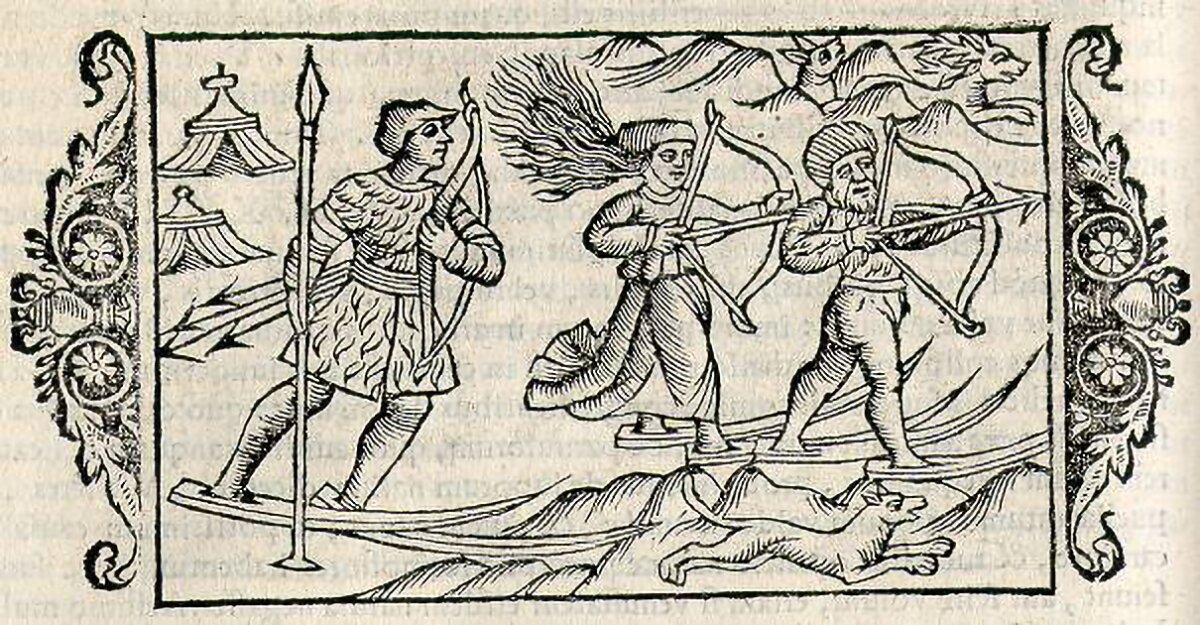_w=1240_h=500_pjpg.jpg?v=202509161525) A woodcut depicting the Sami on a hunt (Olaus Magnus, courtesy of University Library of Tromso)
A woodcut depicting the Sami on a hunt (Olaus Magnus, courtesy of University Library of Tromso)
Beaivi
A central figure in Sami spirituality, this is the sun goddess. Beaivi symbolises motherhood, fertility and good health. She is celebrated around the winter solstice, when the darkness begins to lift – serving as a reminder that even during Lapland’s long nights her light and the revival of life will return with spring. Many stories in Sami folklore describe Beaivi’s struggles and eventual triumph over darkness. Devotion was shown to her in simple yet meaningful ways. For example, the Sami would spread butter or fat on their doorframes as a gift. This was intended to help feed and nourish Beaivi at a time when her power waned so that her light could grow strong again.
Horagalles
A god who rules over thunder and weather, he was thought to protect the Sami from chaos. Horagalles was often pictured with an iron spike in his head, which represented the force of lightning. Sometimes that spike had also pierced through a piece of flint, signifying fire. Horagalles carried at least one hammer. Similar to Thor in Norse mythology, he used it to control thunder and lightning as well as strike down evil spirits. In some Sami depictions, Horagalles had a second hammer for mending what had been broken. Together, they were a means of maintaining cosmic balance while bridging the mortal and divine realms.
Leaibolmmai
The god of hunting, he presided over all the wild animals of the forest. The name Leaibolmmai means ‘alder tree man’ and comes from the Sami word leaibi for alder. With red sap resembling blood, the Sami believe the alder tree is sacred. Its bark is even used to paint the noaidis’ drums. Prayers were made to Leaibolmmai before the Sami would go bear hunting. He was thought to ensure fairness between humans and nature – with the hunting party hopeful not to be torn apart by the bear. Those who neglected Leaibolmmai and went hunting without getting his blessing often found themselves in sudden storms or shooting arrows way off target.
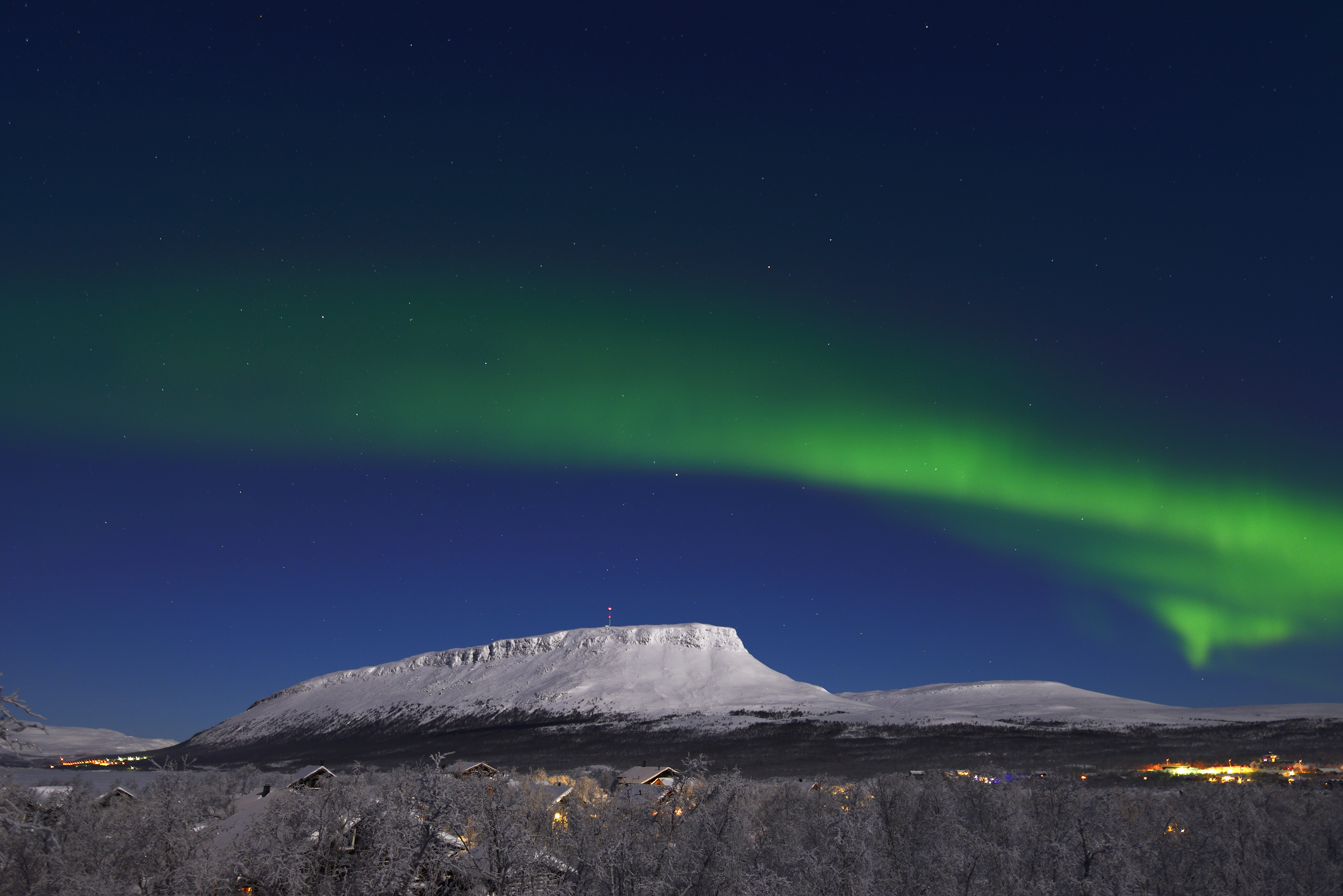_w=1240_h=500_pjpg.jpg?v=202509161525)
Saana Fell
Dominating the skyline of Kilpisjarvi with its striking flat-topped profile, Saana Fell is an iconic landmark, being the largest and most recognisable mountain in Finland. Part of the Scandinavian Mountains, Saana Fell has inspired countless stories. It was used by ancestral Sami as a place of offering and worship, similar to a sieidi but on a landscape-size scale.
According to legend, long before humans were around, a surly giant named Saana gave his heart to beautiful Malla. However, his rival, the jealous giant Paltsa, wanted to stop their wedding. He implored three witches to summon icy winds that froze Saana in his spot, while near him Malla flung herself in her mother’s arms and wept the tears that formed Lake Kilpisjarvi. Malla, too, turned to stone, becoming the fell to the south of Saana, forever separated from her true love.
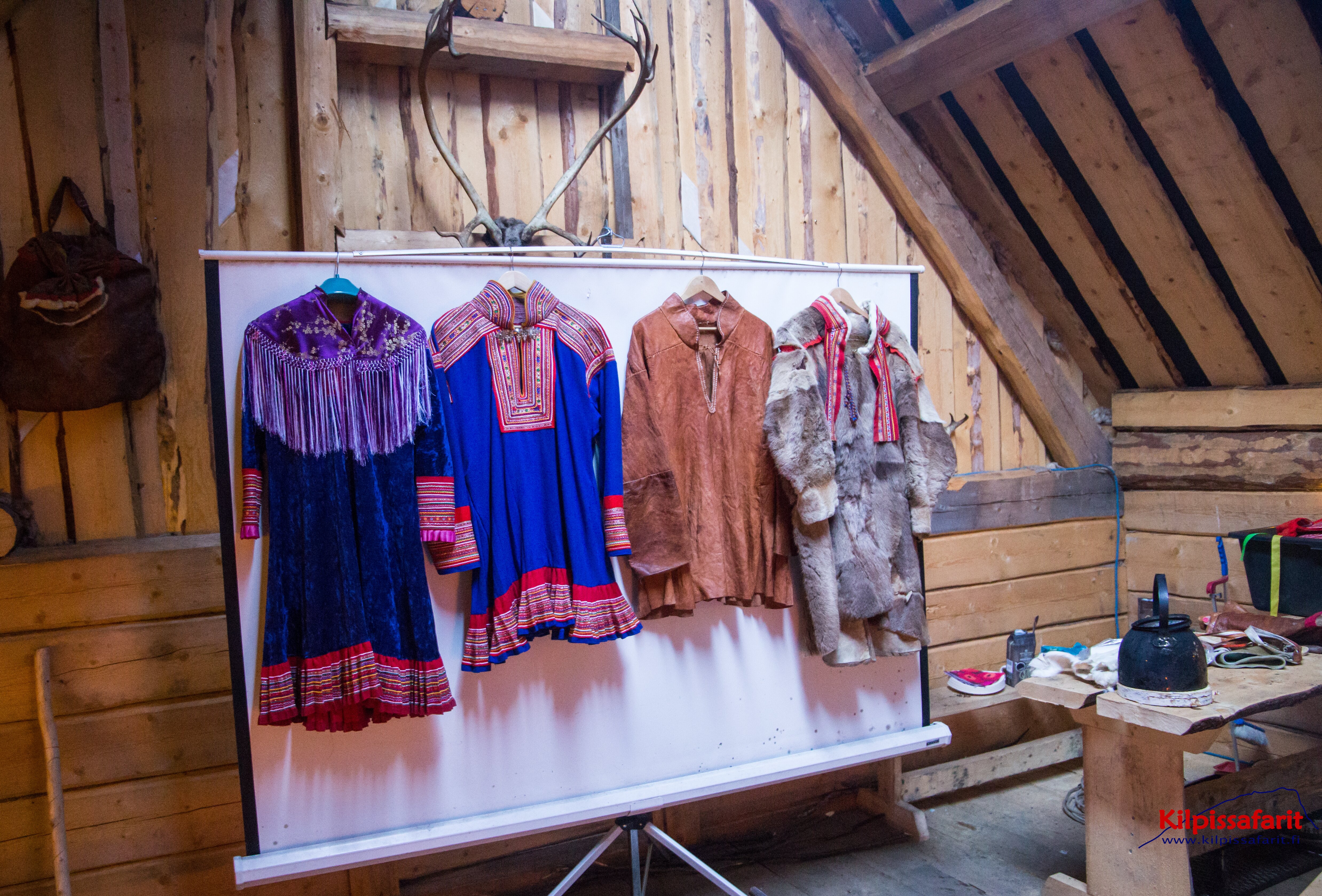_w=1240_h=500_pjpg.jpg?v=202509161525)
The sense of otherworldly presence is everywhere!
Echoes of a rich spirit world remain in Sami life today. You’ll see it in their clothing (gakti), where colours like red offer warmth, blue show connection to nature, and large pompoms ward off evil. You’ll admire it in their handicraft (duodji), such as silverwork where circular shapes represent the sun goddess or carvings made from wood and antlers that reflect harmony with the landscape. You’ll feel it conveyed through their singing in joiks, where the chanting style captures the essence of loved ones, animals and places. All throughout their culture are constant reminders that the spirit world is never far away...
